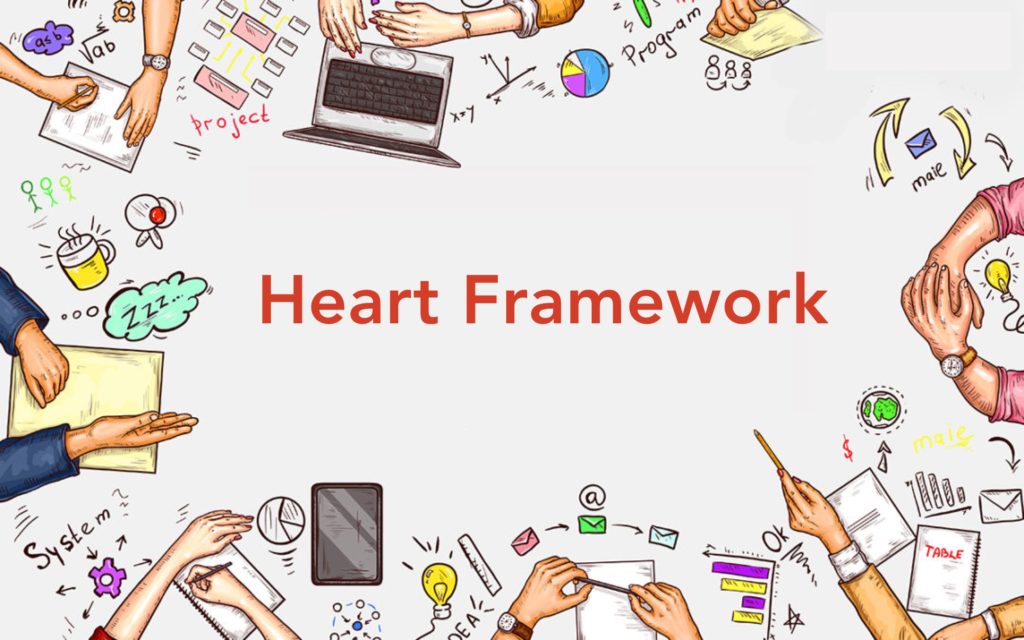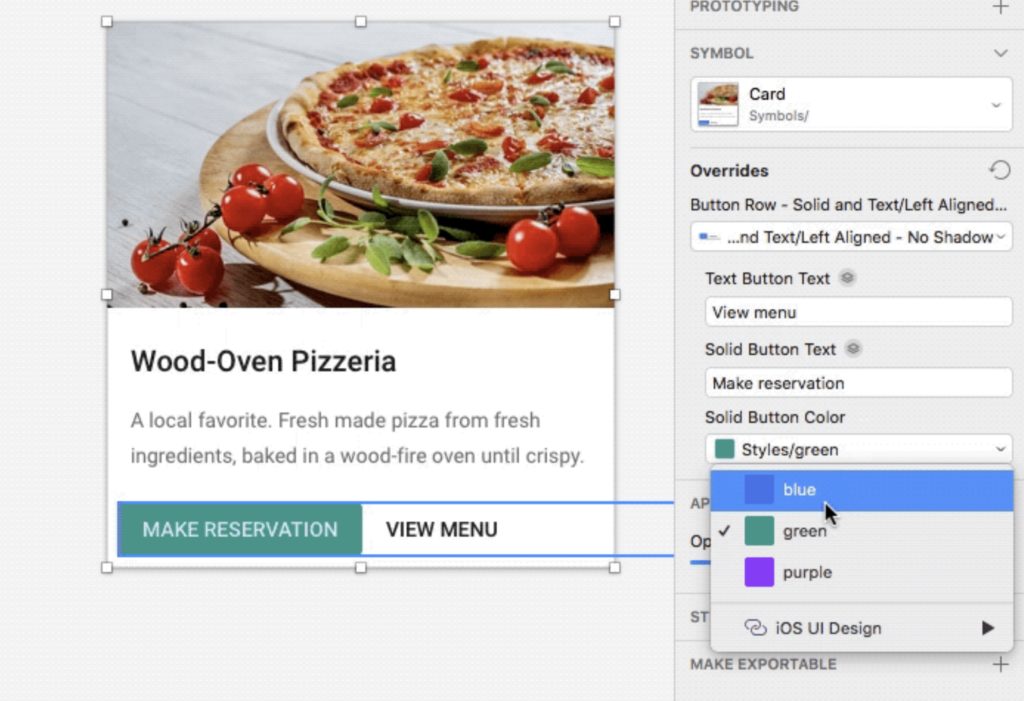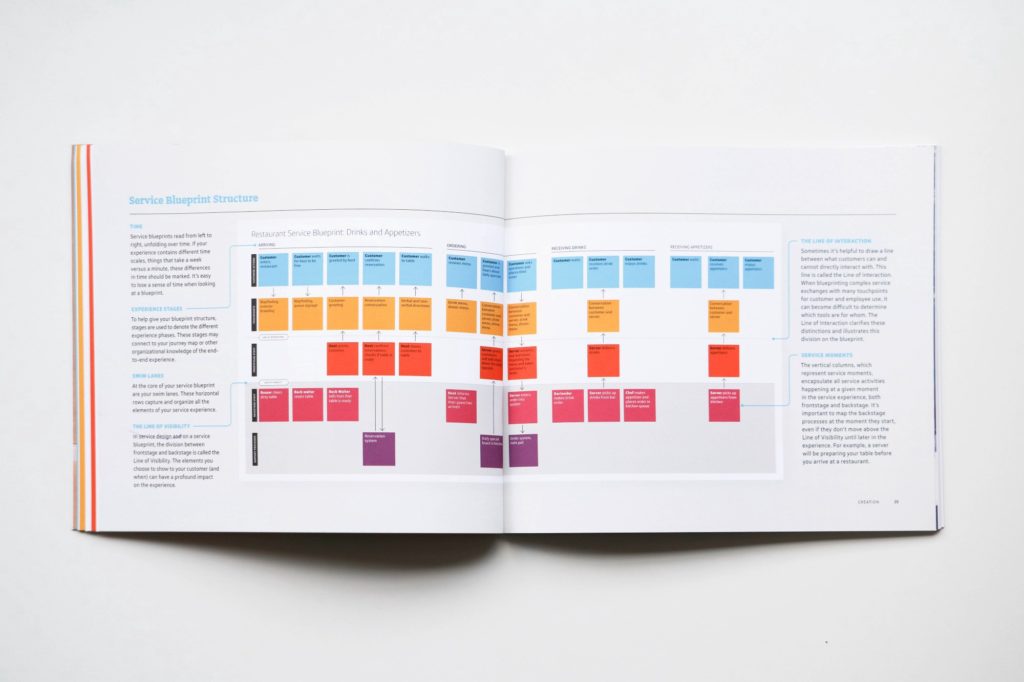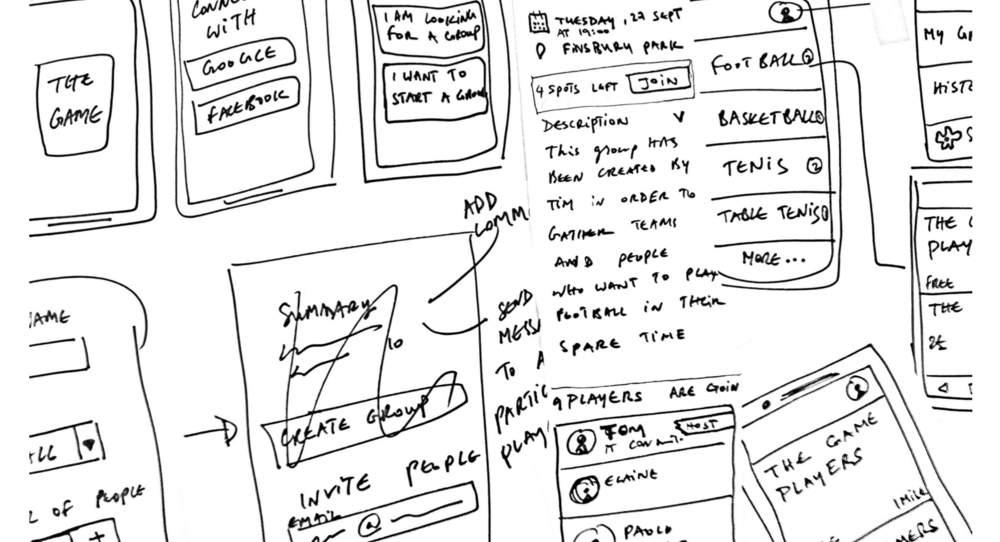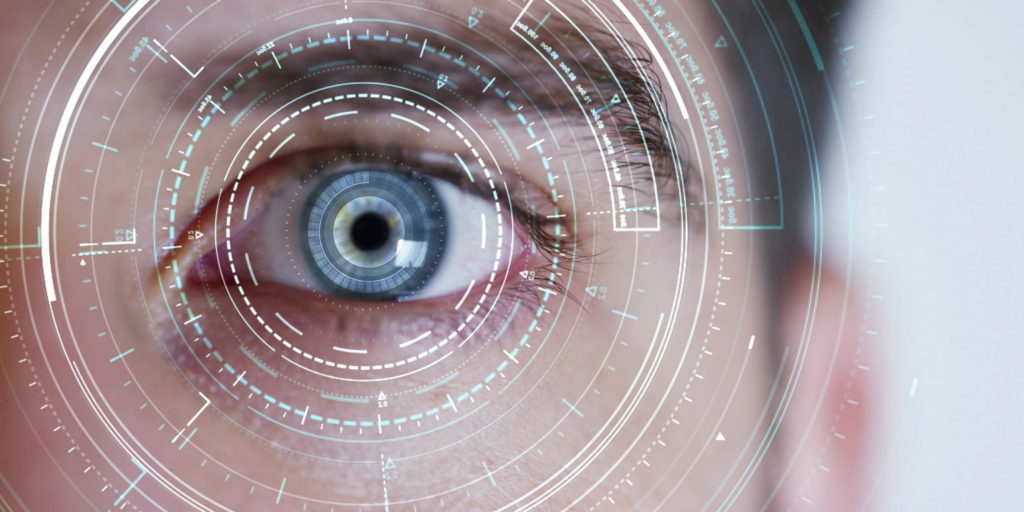Measuring User-Experience through Heart Framework
The basic traffic metrics like seven-day active users, page views etc. are not good to evaluate the impact of User experience changes as firstly, they are generic and do not directly relate to the quality of the user experience, and secondly, it is difficult to make them actionable. This calls for a strong need for […]
Measuring User-Experience through Heart Framework Read More »
